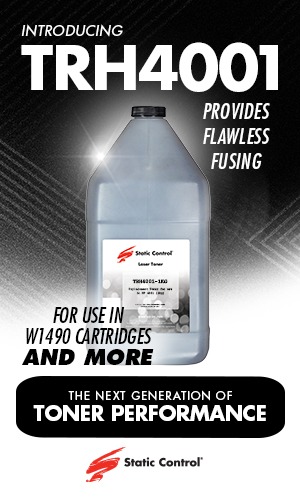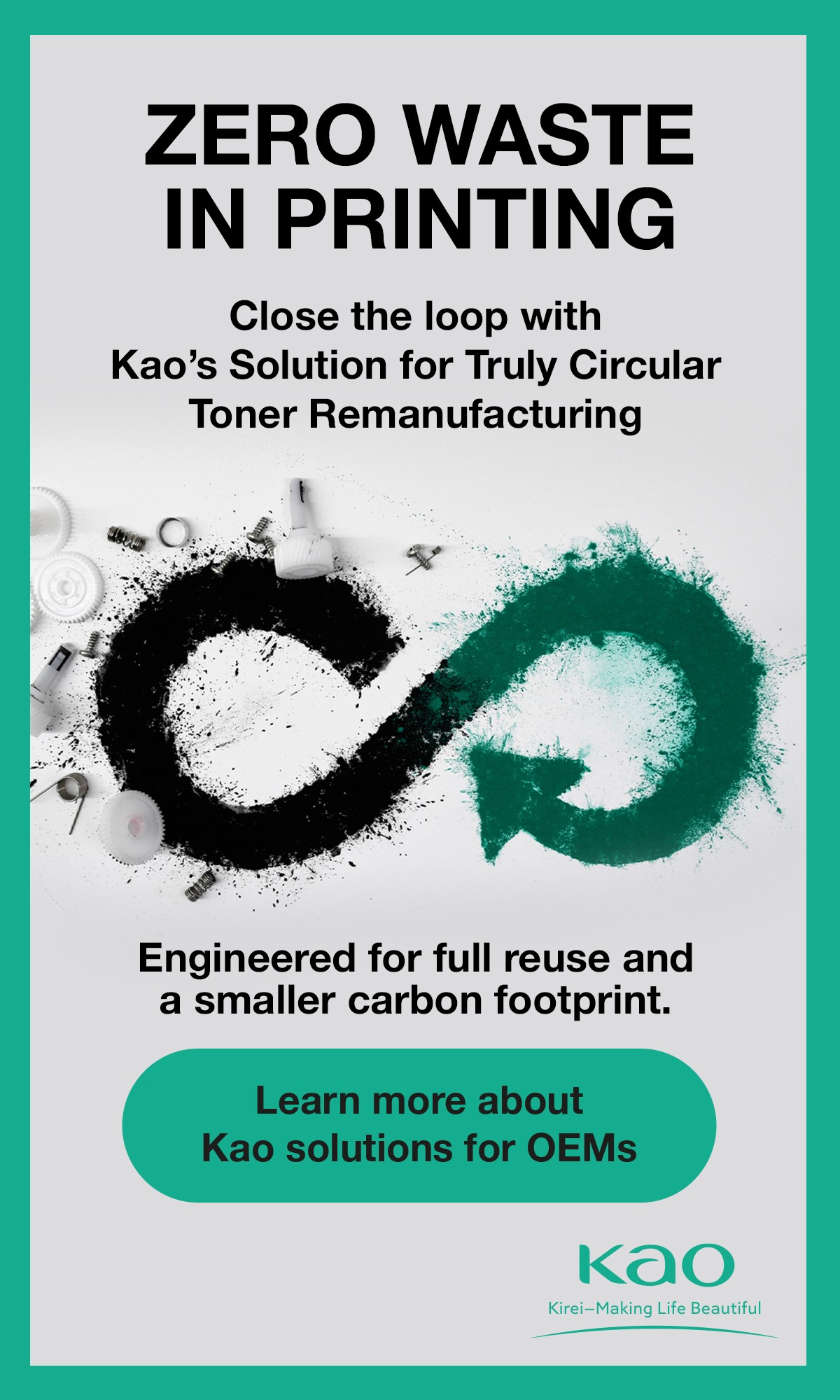In a recent report the US Federal Trade Commission confirms large companies are hurting small businesses, undermining ownership rights, and hurting the planet with their anti-repair actions.
The United States Federal Trade Commission (FTC) as issued a report “Nixing the Fix: An FTC Report to Congress on Repair Restrictions” that confirms large companies are hurting small businesses, undermining ownership rights, and hurting the planet with their anti-repair actions.
The report, two years in the making, found that even when a warranty does not explicitly require that repairs be performed by the original equipment manufacturer (OEM) using OEM parts, many manufacturers restrict independent repair and repair by consumers through:
- Product designs that complicate or prevent repair;
- Unavailability of parts and repair information;
- Designs that make independent repairs less safe;
- Policies or statements that steer consumers to manufacturer repair networks;
- Application of patent rights and enforcement of trademarks;
- Disparagement of non-OEM parts and independent repair;
- Software locks and firmware updates; or
- End User License Agreements.
Manufacturers explain that these repair restrictions often arise from their desire to protect intellectual property rights and prevent injuries and other negative consequences resulting from improper repairs.
In the United States the Magnuson-Moss Warranty Act (the “MMWA”) prohibits a warrantor of a consumer product from conditioning its warranty on the consumer’s using any article or service which is identified by brand name unless the article or service is provided for free or the warrantor obtains a waiver from the Commission. This provision, for example, bars an automobile manufacturer from voiding a warranty if a consumer has scheduled maintenance performed by someone other than the dealer, prohibits a printer manufacturer from conditioning its warranty on the purchaser’s use of the manufacturer’s branded ink, and forbids a smartphone manufacturer from voiding a warranty when a consumer has a new battery installed at a kiosk at the mall.
The report noted that a number of commenters also raised concerns about OEMs disparaging the quality of aftermarket parts and independent repairs. To restrict growth in the independent repair sector are “OEM efforts to promote their own parts and affiliate repair networks.”
OEMs implement various access control technologies such as software locks, digital rights management (“DRM”) tools the report found. Manufacturers argue that these measures are necessary to protect proprietary hardware and copyrighted technologies. Whereas repair advocates argue such tactics lock Independent Service Organisations (ISOs) and consumers out of basic repairs. Embedded software may force consumers to have the maintenance and repair of their products performed by the manufacturers’ authorized service networks.
In the report the FTC Microsoft noted that individuals and independent repair shops that conduct repairs could compromise the embedded hardware security technology that manufacturers use to protect user data and ensure that device integrity is maintained during boot up. The record contains no empirical evidence to suggest that independent repair shops are more or less likely than authorized repair shops to compromise or misuse customer data.
In conclusion the FTC said “anti-tying provision gives consumers the right to make repairs on their own or through an independent repair shop without voiding a product’s warranty, repair restrictions have made it difficult for consumers to exercise this right. Although manufacturers have offered numerous explanations for their repair restrictions, the majority are not supported by the record.
The auto industry has shown that in certain contexts, self-regulation can significantly increase consumers’ repair options. But other industries have not adopted similar self-regulation.
To address unlawful repair restrictions, the FTC will pursue appropriate law enforcement and regulatory options, as well as consumer education, consistent with our statutory authority. The Commission also stands ready to work with legislators, either at the state or federal level, in order to ensure that consumers have choices when they need to repair products that they purchase and own.
Our take on this: At 54 pages and two years in producing the report is well worth a read (here). What is interesting is that despite their claims to the contrary, manufacturers’ repair restrictions are not justified. The findings ring home in the office imaging sector that face similar challenges. If the USA and EU continue to drive the right to repair, many, if not all OEMs will have to drastically change their business models.























